The Creation Myths
Jun 10, 2019 • 37 views
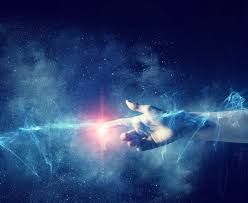
A creation myth refers to a story or a symbolic narrative of how the world was made and how people came into being. They usually describe the ordering of the cosmos from a state of chaos. They usually have characters like deities and powerful creatures.
Creation myths often share a number of features. They often are considered sacred accounts and can be found in nearly all known religious traditions.
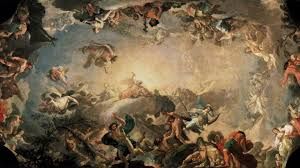
They are all stories with a plot and characters who are either deities, human-like figures, or animals, who transform easily. They are often set in a dim and nonspecific past. Creation myths address questions deeply meaningful to the society that shares them, revealing their central worldview and the framework for the self-identity of the culture and individual in a universal context.
Creation myths develop in oral traditions and therefore typically have multiple versions; found throughout human culture, they are the most common form of myth.
Creation myths are basically of six types -
Creation From Chaos
Earth Diver
Emergence
Ex Nihilo
World Parent
Divine Twins
CREATION FROM CHAOS
In creation from chaos myth, initially, there is nothing but a formless, shapeless expanse. In these stories, the word "chaos" means "disorder", and this void or an abyss contains the material with which the world will be made. Chaos may be described as having the consistency of vapour or water, dimensionless, and sometimes salty or muddy. These myths associate chaos with evil and oblivion, in contrast to "order" (cosmos) which is good. The act of creation is the bringing of order from disorder, and in many of these cultures, it is believed that at some point the forces preserving order and form will weaken and the world will once again be engulfed into the abyss.

EARTH DIVER
The earth-diver is a common character in various traditional creation myths. In these stories a supreme being usually sends an animal into the primal waters to find bits of sand or mud with which to build habitable land. Some scholars interpret these myths psychologically while others interpret them cosmogonically. In both cases emphasis is placed on beginnings emanating from the depths.
Characteristic of many Native American myths, earth-diver creation stories begin as beings and potential forms linger asleep or suspended in the primordial realm. The earth-diver is among the first of them to awaken and lay the necessary groundwork by building suitable lands where the coming creation will be able to live. In many cases, these stories will describe a series of failed attempts to make land before the solution is found.
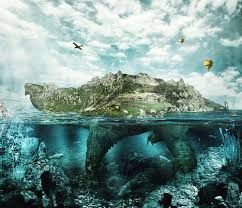
EMERGENCE
In emergence myths, humanity emerges from another world into the one they currently inhabit. The previous world is often considered the womb of the earth mother, and the process of emergence is likened to the act of giving birth. The role of the midwife is usually played by a female deity. Male characters rarely figure into these stories, and scholars often consider them in counterpoint to male-oriented creation myths, like those of the ex nihilo variety. It is similar to metamorphosis.
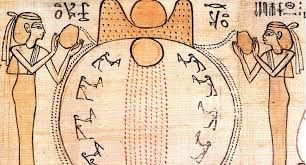
EX-NIHILO
The idea that God created the world out of nothing – ex nihilo – is central today to Judaism, Christianity and Islam, and the medieval Jewish philosopher Maimonides felt it was the only concept that the three religions shared. Nonetheless, the concept is not found in the entire Hebrew Bible.
Ex nihilo creation is found in creation stories from ancient Egypt, the Rig Veda, and many animistic cultures in Africa, Asia, Oceania and North America. In most of these stories the world is brought into being by the speech, dream, breath, or pure thought of a creator but creation ex nihilo may also take place through a creator's bodily secretions.
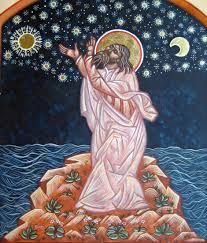
WORLD PARENT
There are two types of world parent myths, both describing a separation or splitting of a primaeval entity, the world parent or parents. One form describes the primaeval state as an eternal union of two parents, and the creation takes place when the two are pulled apart. The two parents are commonly identified as Sky (usually male) and Earth (usually female) who in the primaeval state were so tightly bound to each other that no offspring could emerge. These myths often depict creation as the result of a sexual union and serve as a genealogical record of the deities born from it.
In the second form of world parent myth, creation itself springs from dismembered parts of the body of the primaeval being. Often in these stories, the limbs, hair, blood, bones or organs of the primaeval being are somehow severed or sacrificed to transform into the sky, earth, animal or plant life, and otherworldly features. These myths tend to emphasize creative forces as animistic in nature rather than sexual, and depict the sacred as the elemental and integral component of the natural world.
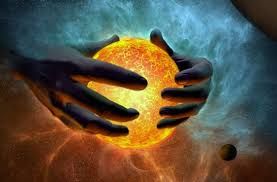
DIVINE TWINS
The divine twins are a mytheme of Proto-Indo-European religion. The female will give birth to twins with contrasting qualities who lead the creation.
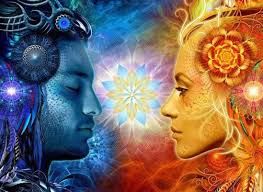
DROP A COMMENT ON WHICH ONE YOU FIND THE MOST INTERESTING.
